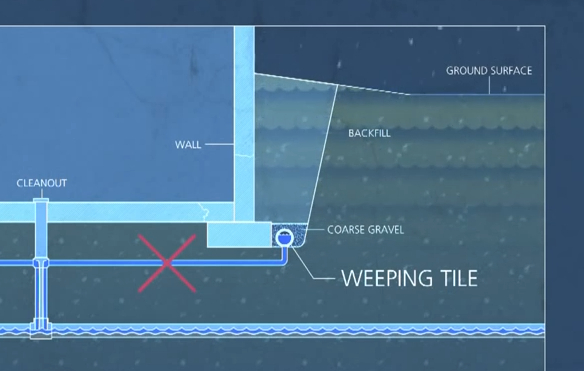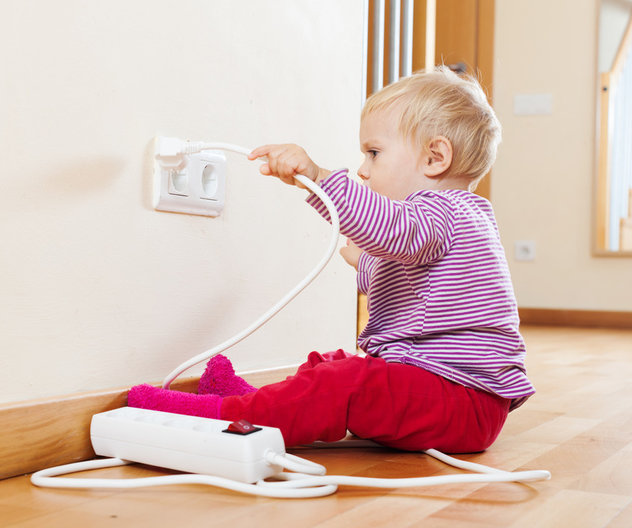Older Canadian homes (those built before the 1940s or 1950s) may not have foundation drains.
If you find your home does not have a foundation drain and you experience serious infiltration flooding, you should consider having a foundation drain installed.
WHAT IS MY WEEPING TILE CONNECTED TO?
A weeping tile that is directly connected to your home’s sanitary sewer lateral, it increases the amount of water that enters the municipal sewer system during a heavy rainfall.
Disconnecting your weeping tile from the sanitary or storm sewer can help reduce the chances that you and your neighbours will experience basement flooding. It can also reduce the risk of structural damage to your home.
Check out this video, courtesy of the Institute for Catastrophic Loss Reduction:
DO I HAVE A SUMP PUMP?
When weeping tiles are disconnected from sewer laterals, a sump-pit and sump pump must be installed. The sump pump is used to pump water from the weeping tiles to the lot’s surface. In some unique cases, municipalities may recommend a sump pump to pump weeping tile water to the storm sewer system.
IS MY SUMP PUMP WORKING CORRECTLY?
Sump pumps get blocked and can fail if they are not routinely inspected and maintained. You can inspect the sump pump by pouring water into the sump pit, and seeing whether or not the pump starts automatically. Sump pumps are electric and stop working during a power failure. As such, you should use a back-up system to make sure the pump works when you need it. Talk to your plumber or electrician about options.





